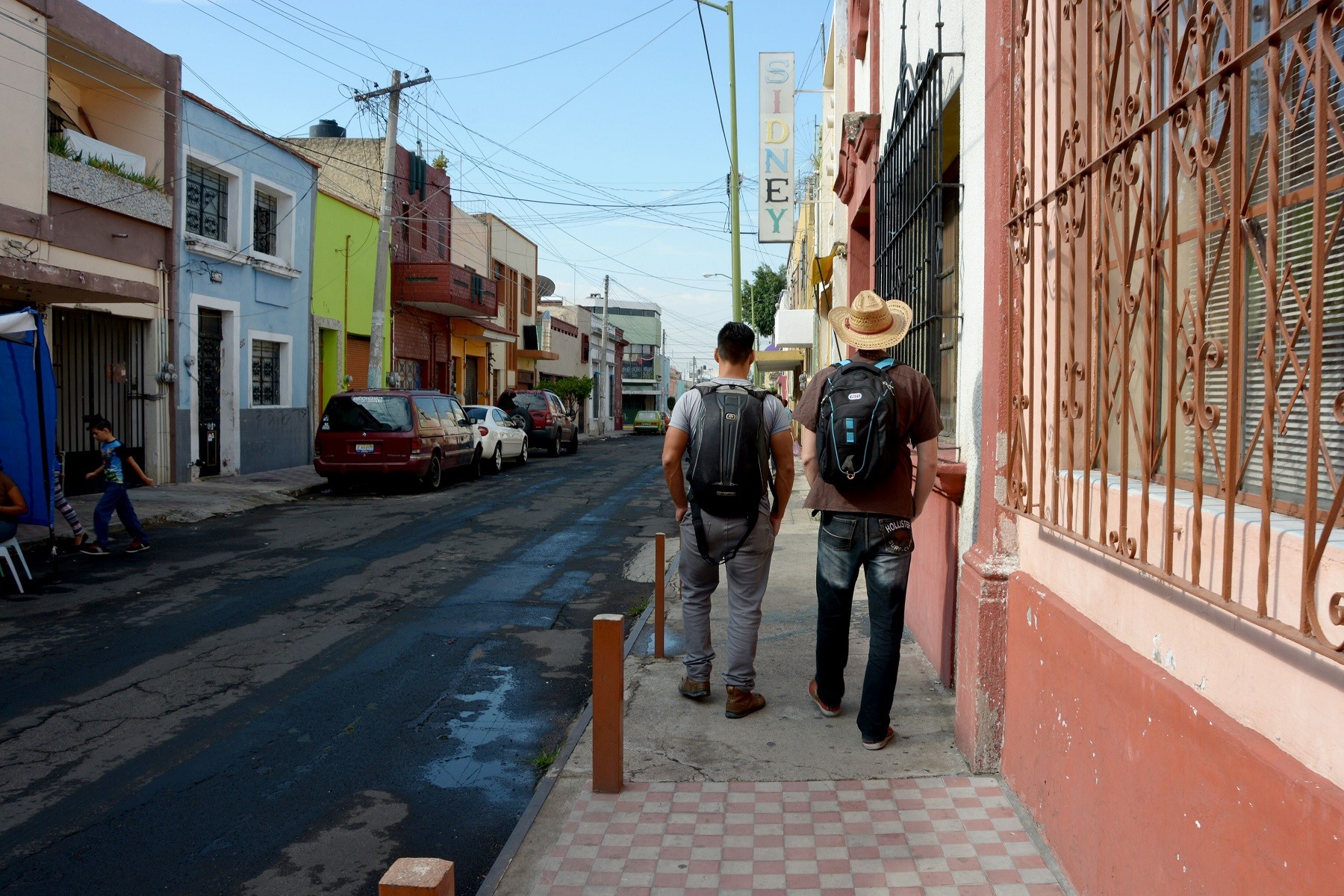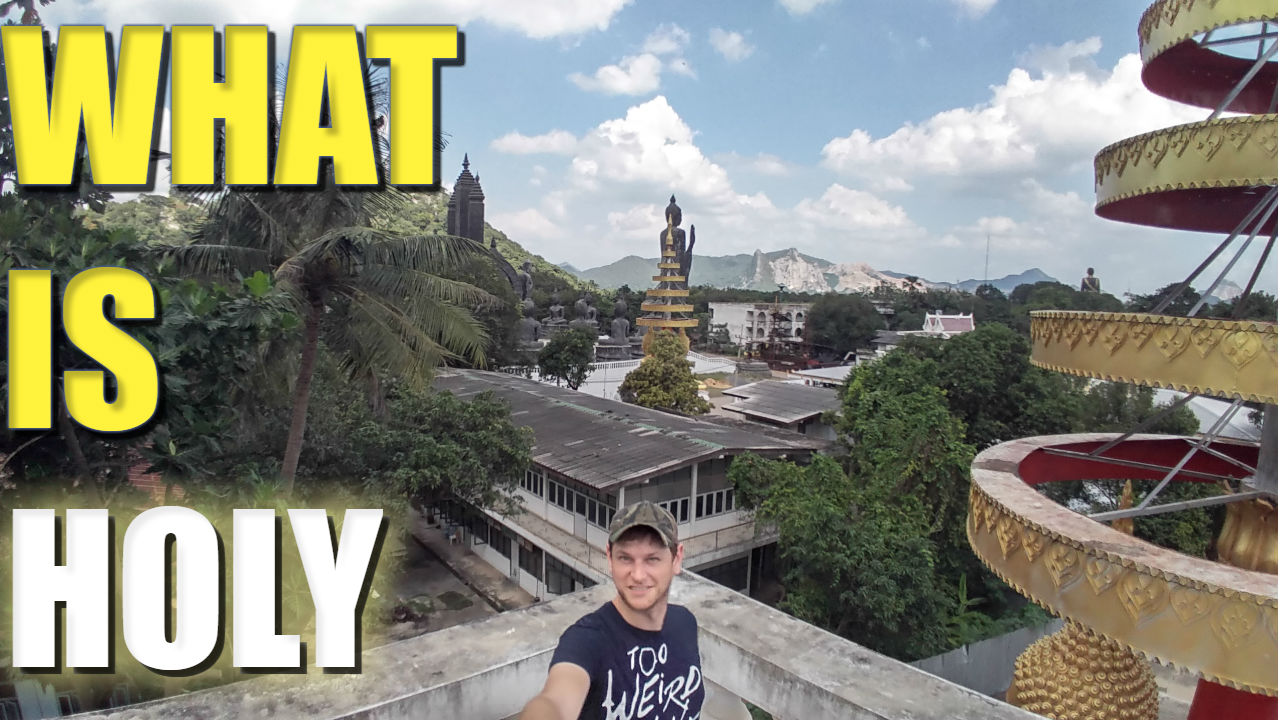
I went to stay in Wat Tham Krabok in Thailand, visiting my friend who is practising as a monk. I figured I could learn something about Buddhism and meditation, and help out somehow. Many others go to Tham Krabok for their highly effective drug detox program. People stay in there for 15 days or longer, in very basic accommodation, learn some good work habits, and take a foul-tasting medicine which is literally vomit-inducing.
The emetic medicine was invented by the temple’s founder, Luang Paw Yaai, and it is a concoction of many herbs designed to be purifying for any constitution. It’s called “yadaat“, the cutting medicine. “It cuts your mind, your ego, your body, anything that needs cutting will be cut,” they told me. I didn’t go there for treatment, but I was curious about yadaat.
To take the tea, first I would need to take an oath. They call it a “satja“, which means “truth”. Their view of satja is a little different to my previous concept of an oath. A satja isn’t swearing that something is true, or that you will do something, but instead, that you will make it true by swearing it, by living it. Many people take satja to embrace the truth of a life without drugs, but the first satja is normally either “I believe in holy things” or “My parents are my benefactors”, that is, they have given me this great gift of life.
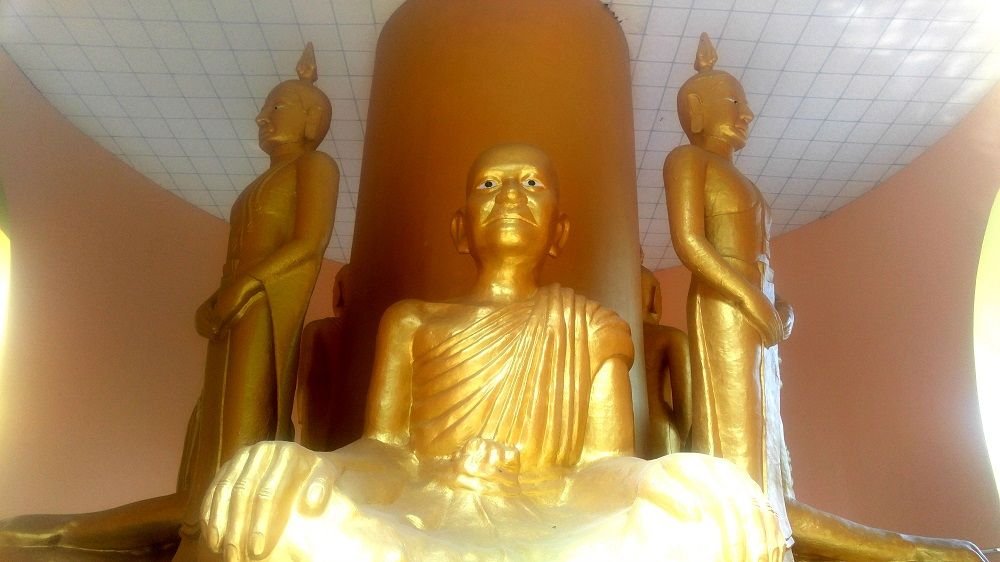
“I believe in holy things”
I wondered what it would mean to believe in holy things. I didn’t want to take the satja lightly, saying something flippantly just out of curiosity. My monk friend told me one interpretation: that there was a world just beyond ours, beside our imperfect world, where things are perfect – a world of Platonic forms – and occasionally, things in our own world lead us to that world, and those are things we call “holy”.
For a while, I’ve had this unusual belief, and I’m not exactly sure where it came from. The idea is, there are certain concepts which are transcendent, which withstand scrutiny on any level – spiritual, intellectual, logical, intuitive – sacred concepts, with this “divine congruence”, that can guide us. Upon reflection, it’s quite similar to my monk friend’s explanation. I decided that yes, I could say this oath in good faith.
We went to see one of the head monks, and we walked into the sala. I lit a handful of incense sticks, placed them in the burner, and sat on my heels. The head monk stated the whole satja line by line in Thai, and I repeated it. I didn’t understand much, but I recognised the phrase “mind, speech, actions”. The head monk pulled out a stack of small paper slips with writing on them, and started sorting through them. He asked if I’d gone through detox, I said no. He carefully chose a kata, or mantra, from the papers and gave it to me. The degree of precision that he selected it was intriguing, as these mantras have no known literal meaning. I was to memorise the kata and then eat the paper, within seven days.
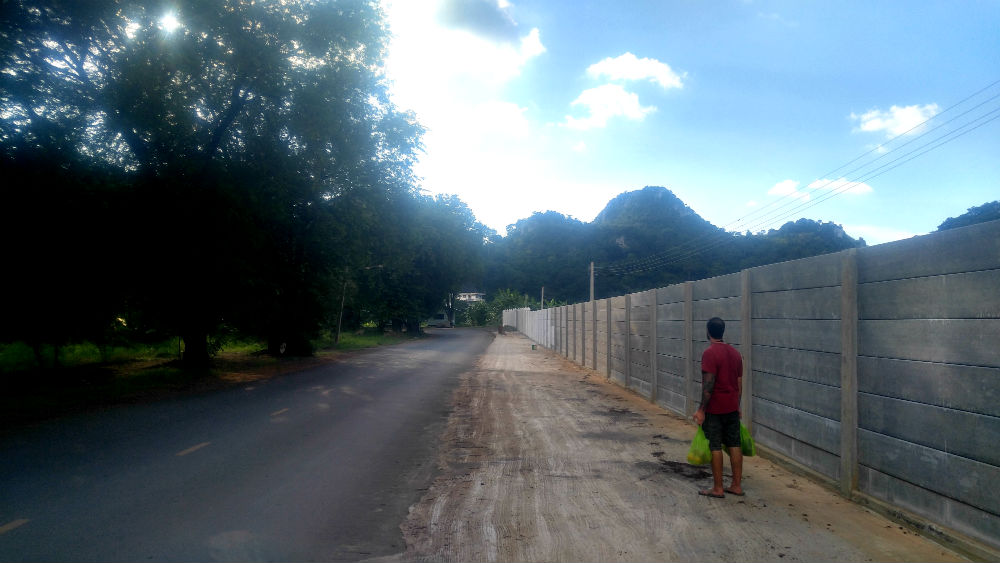
On the day that I left the temple, I ate the paper. That night, I was in Bangkok watching “The Big Sick” in the cinema. In the film, the Muslim characters say “As-salamu Alaykum” when they meet, and the main character watches YouTube videos as he pretends to pray. It reminded me of my time in Bangladesh, hearing the azan, or call-to-prayer, echoing throughout Dhaka. “Come and show your respect for the Divine!” sang a voice from each nearby mosque.
Sitting there in the cinema I started to have an intense and unusual feeling of peace, a kind of white peace, burning peace, a peak experience unlike any other I’d had.
Learn some respect
I reflected on it later, thinking about the things that had happened and things I had done. When I first got to the temple, I respected the traditions there, taking off my shoes and bowing three times to the Buddha. It was unusual for me, coming from a Christian tradition I did have some apprehension about getting on my knees before an idol, so when I did it I thought “thank you” and summoned my gratitude for all of the Great Teachers of the past. In retrospect, it seemed that the actions I had performed had more gravity than I had realised.
Capture the flag
My monk friend had told me another interpretation of the satja I had taken. He said that when we play a game of “capture the flag”, we can take an ordinary piece of cloth and make it important. The cloth isn’t inherently valuable or meaningful, but within the game, we assign it a meaning, and when we do that we can start to learn all sorts of things about co-operation, friendship, communication, and what it means to protect and respect a thing. Holy places are similar – perhaps there is no particular reason that one place is holy and another isn’t, but through recognising it as holy we can learn patience, silence, self-control, reverence, and so on.
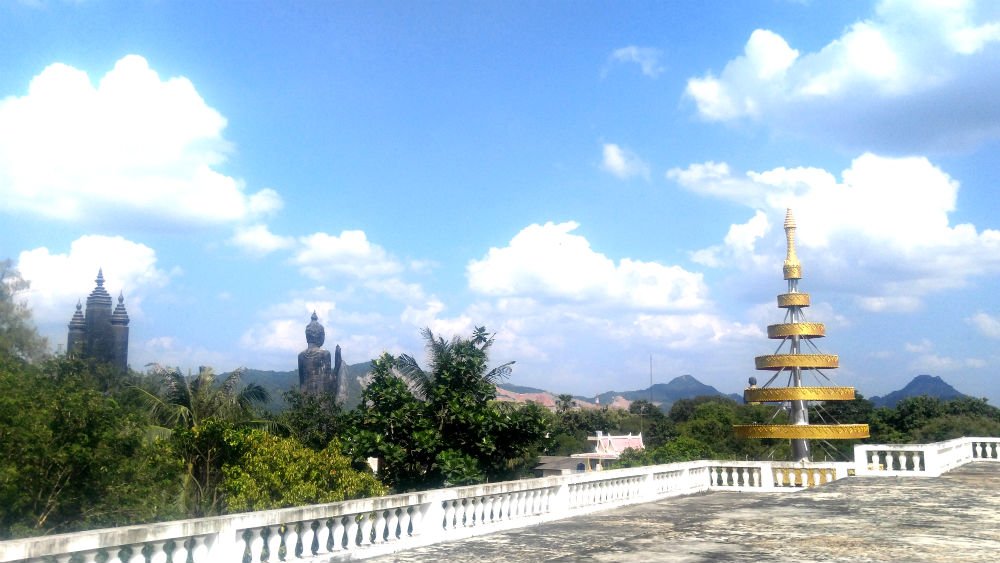
For you
Once, in Mexico, I’d seen a sign outside a church saying no short skirts, no low cut tops, take off your hat, and so on. At the time I thought, how curious – surely the Divine should be ready to receive us in whatever form. There could be a subtle undertone of machismo in those rules, but even so, I started to see that those things aren’t for anyone but ourselves- so that we can take a moment to prepare ourselves, take a moment to remember that to be the best we can be, to present ourselves as complete.
To be continued
Eventually, more ideas started to click into place for me, wondering how a simple thing like preparing food for a loved one could be holy, or even just saying “Hello”. Please allow me to tell you more of my story in the following days.
